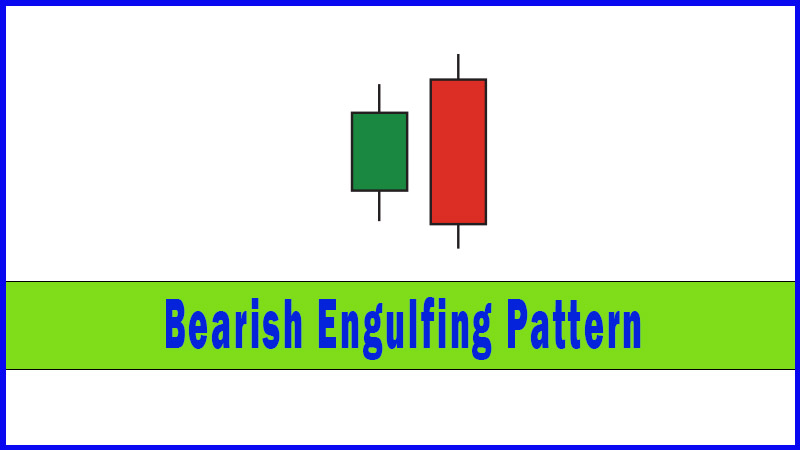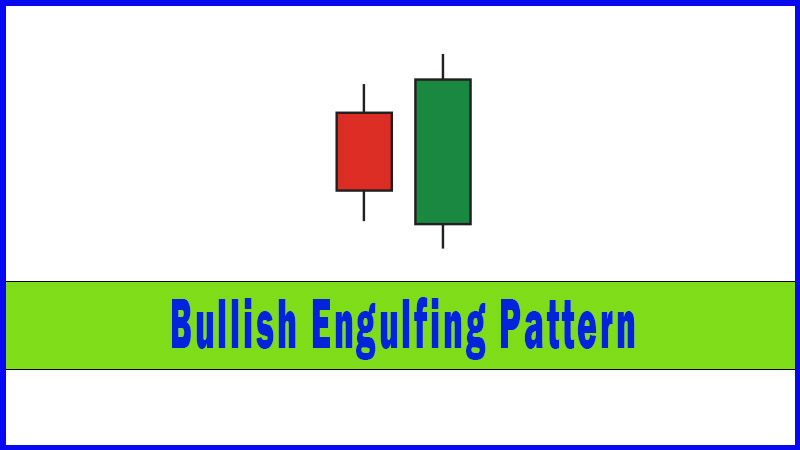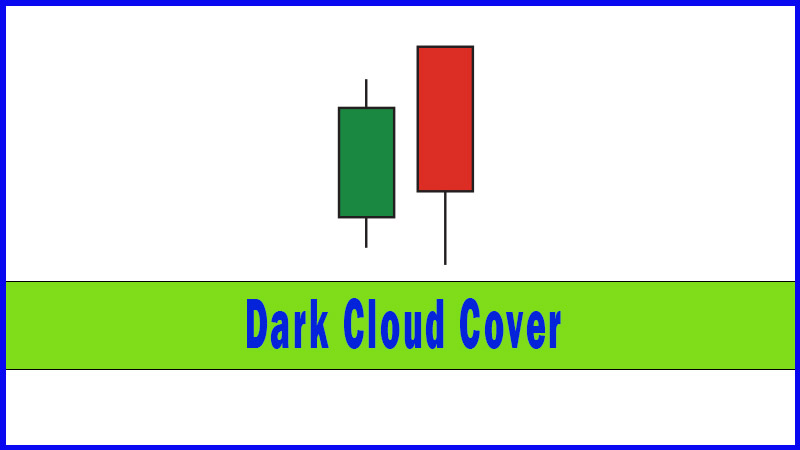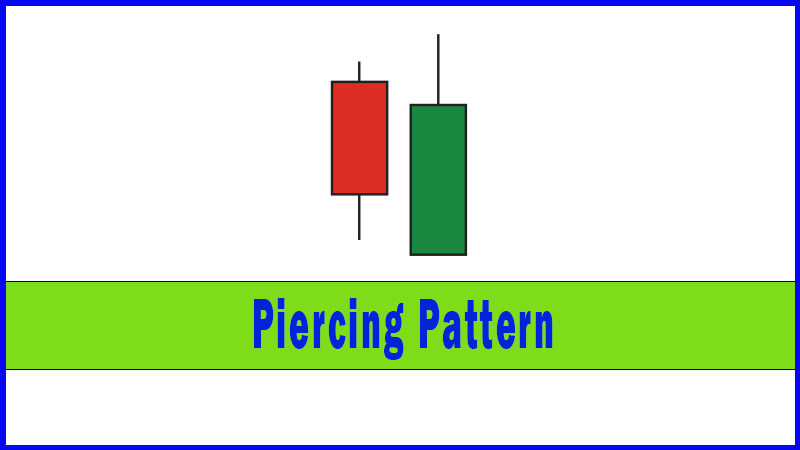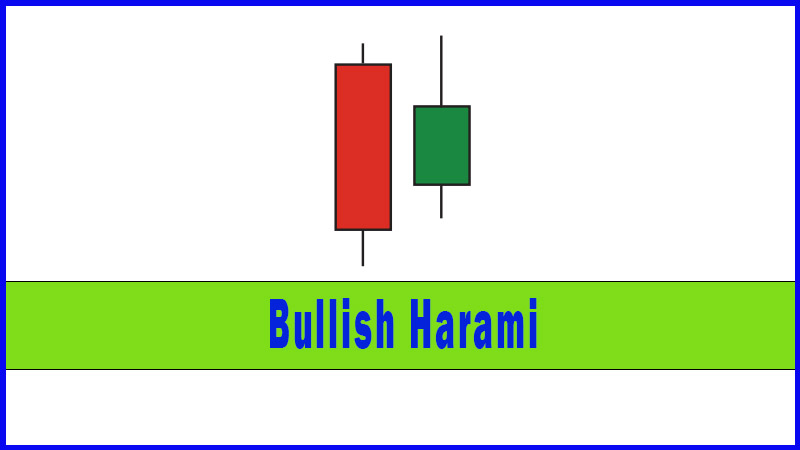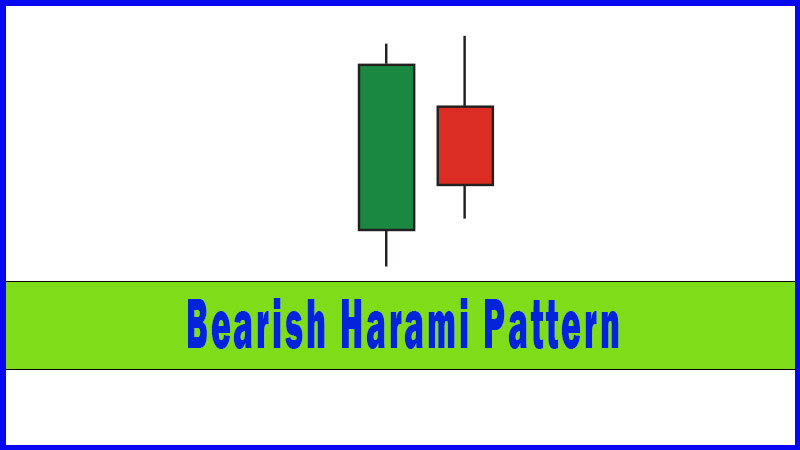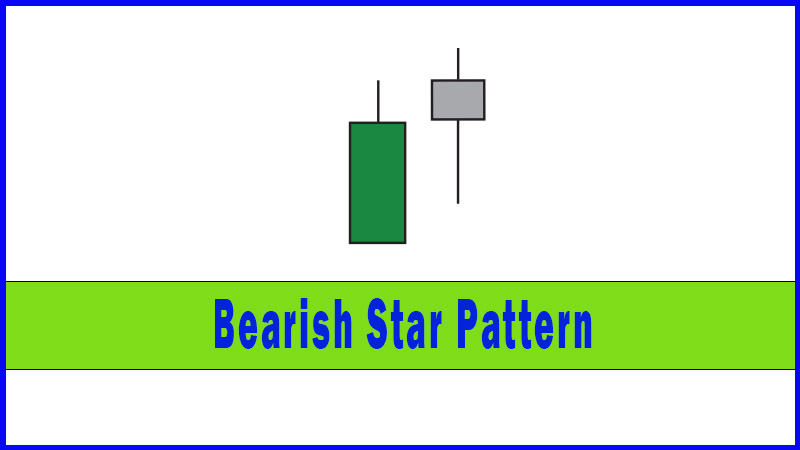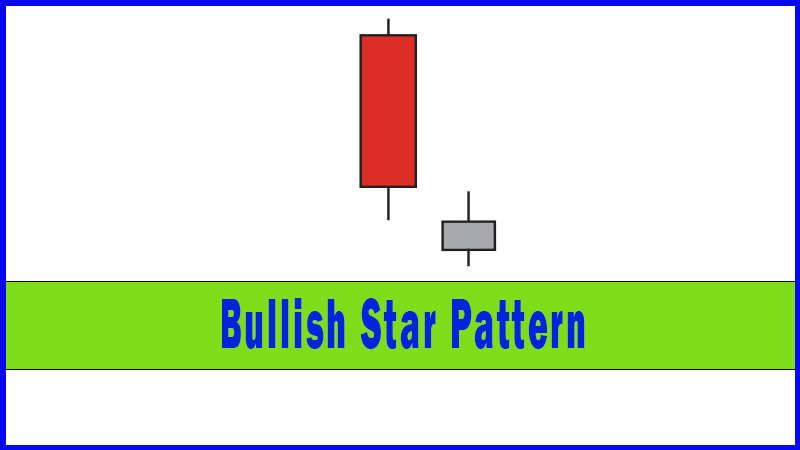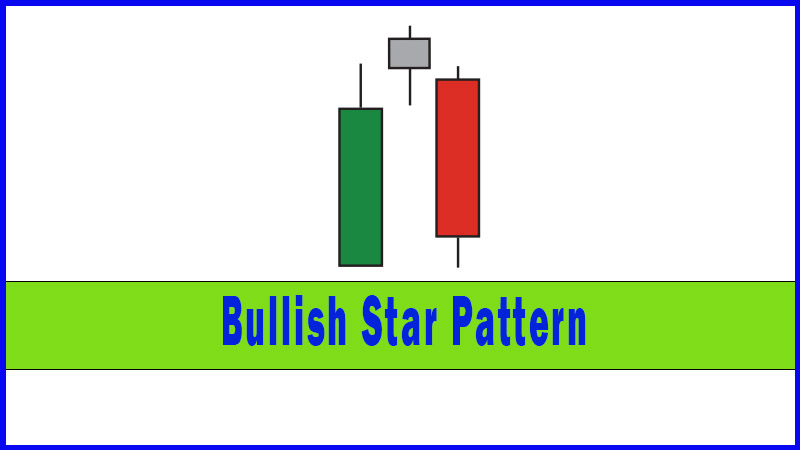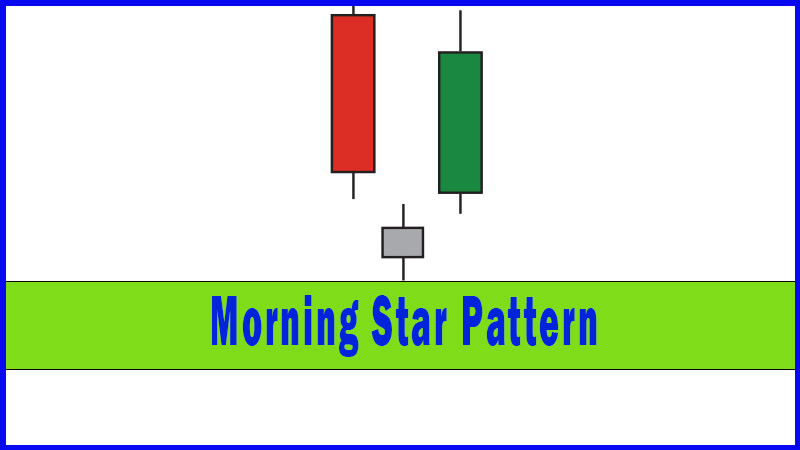Multiple Reversal Patterns
Reversal Patterns, Multiple Patterns in Candlesticks
Course: [ Uses of Candlestick Charts : Chapter 4. Multiple Reversal Patterns ]
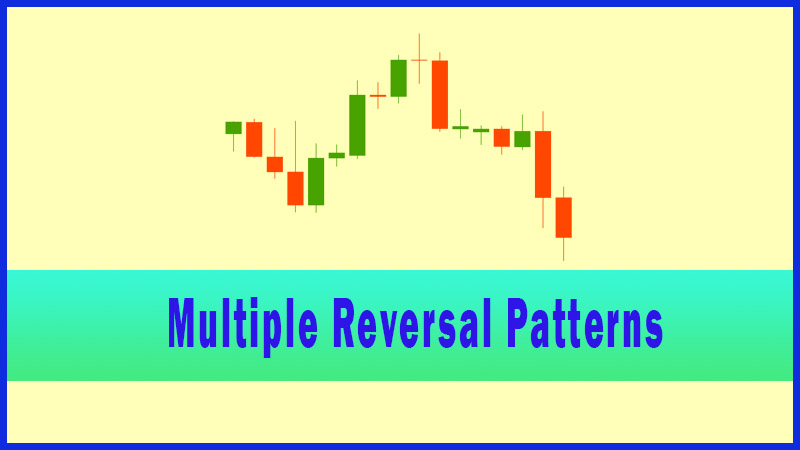
The last chapter walked us through the commonly used single candlestick patterns, and hopefully by now you can look at any candlestick and be able to work out what sequence of events led to its formation as far as the combination of open, high, low and close is concerned.
Multiple Reversal Patterns
The last
chapter walked us through the commonly used single candlestick patterns, and
hopefully by now you can look at any candlestick and be able to work out what
sequence of events led to its formation as far as the combination of open,
high, low and close is concerned.
We will
now take things further by looking at combinations of candlesticks that make
patterns that are made up of more than one candlestick.
Once
again it’s all about the direction of travel that has to occur to form a
particular shape or colour of candlestick, and once again it should pretty much
make sense if you take this approach. Do you remember how a Shooting Star is
formed by an arc shaped direction of travel - gains then weakness? Well, most
of the bearish reversal patterns discussed in this chapter do exactly this,
except that the movement occurs over several candlesticks as opposed to just
one.
I have
deliberately made this chapter a little less structured than the material we’ve
already covered, as you should now be well versed in the idea that candles are
formed by a certain sequence of events, and that assumptions can be made from
that.
I have
retained the rules section and the summary for quick and easy reference.
But
there’s more to it than that, because quite often a Bearish Engulfing Pattern
starts off with a dramatically stronger open, like that illustrated in Figure
4-1, and this means there are several big “lines in the sand” to the immediate
downside, which could and should act as support if the bulls are on their game.
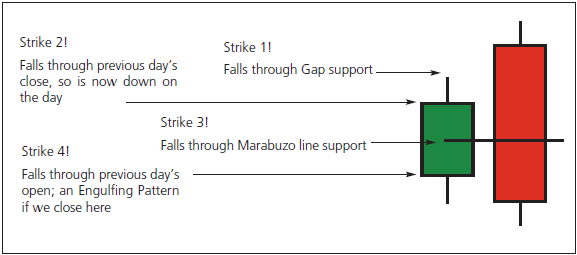
Figure 4-1: The four stages of a
Bearish Engulfing Pattern
Let’s go
through this one stage at a time. On the second day, if the market opens above
the previous day’s high, there is a gap. The bulls often step in and buy
weakness to the gap, but on this occasion the market falls through the gap
support. Strike 1 to the beaten up bears.
There is
then some selling off through the previous day’s close. Strike 2. This, in
turn, is followed by a sell off through the Marabuzo line (see page 81) of the
green candle - Strike 3. This will further encourage the bears, who by now are
starting to realise they’re having a rare good day!
To post a
Bearish Engulfing Pattern though, you need to surround the real body of the
preceding candle, so the previous day’s open is another important line in the
sand. Strike 4! That’s a fair bit of work for the bears to get through in one
day, especially when you consider that we’re in an uptrend, and they haven’t
been achieving much lately. The final thing, of course, is that the market has
to close low as well (below the first day’s open) for it to qualify as an
Engulfing Pattern, so the selling has to be sustained into the close.
Uses of Candlestick Charts : Chapter 4. Multiple Reversal Patterns : Tag: Candlestick Pattern Trading, Forex : Reversal Patterns, Multiple Patterns in Candlesticks - Multiple Reversal Patterns

